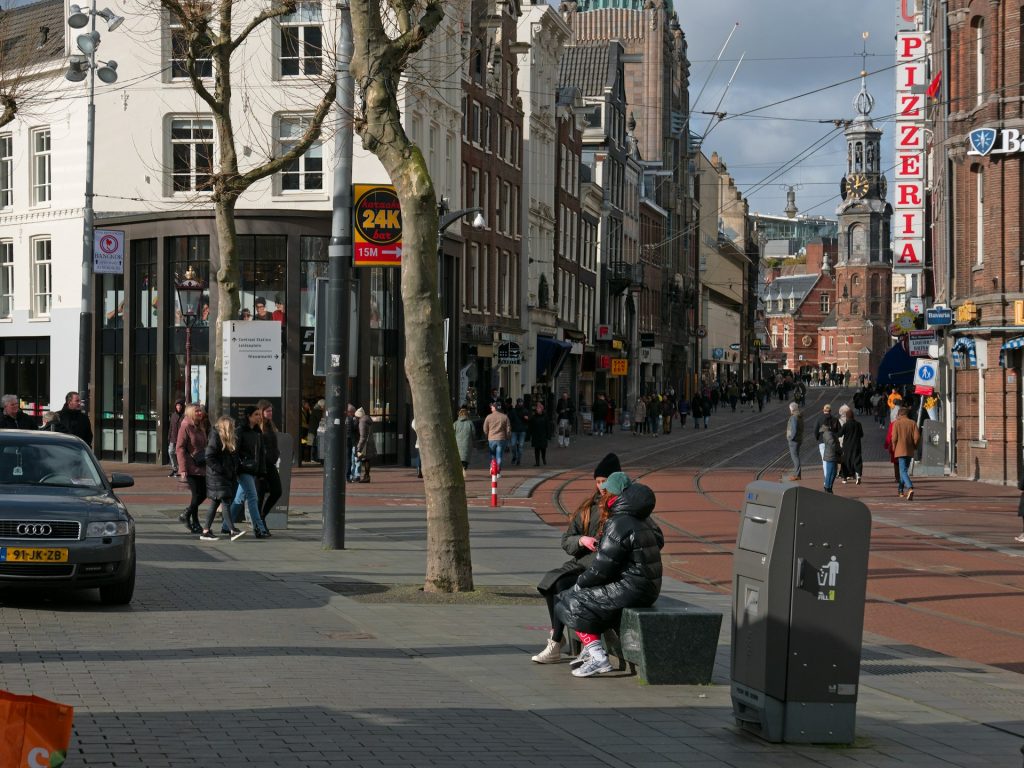
Strategies for Optimizing Images for SEO: Tips for File Compression and Alt Tags
Images play a crucial role in enhancing the visual appeal and user experience of your website. However, if not optimized properly, images can significantly slow down your website, negatively impacting your SEO and user engagement. Optimizing images for SEO involves several key strategies, including file compression and the use of alt tags. In this blog post, we will explore these strategies in detail and provide actionable tips to help you improve your website’s performance and search engine rankings.
Why Image Optimization Matters for SEO
Before diving into the strategies, it’s important to understand why image optimization is critical for SEO:
- Improved Page Load Speed: Large, uncompressed images can slow down your website’s load time, leading to higher bounce rates. Faster loading pages enhance user experience and are favored by search engines.
- Enhanced User Experience: Optimized images load quickly and display correctly, providing a better experience for users.
- Higher Rankings: Google considers page speed as a ranking factor. Well-optimized images can contribute to faster loading times, improving your overall SEO.
- Better Accessibility: Proper use of alt tags makes your website more accessible to visually impaired users who rely on screen readers.
Strategies for Optimizing Images
1. File Compression
Compressing images reduces their file size without significantly affecting quality. This helps your pages load faster, improving user experience and SEO.
- Choose the Right Format: Use appropriate image formats. JPEG is great for photographs, PNG is ideal for graphics with transparent backgrounds, and SVG is best for logos and icons.
- Use Compression Tools: Utilize tools like TinyPNG, ImageOptim, and JPEG-Optimizer to compress images without losing quality. These tools can significantly reduce file sizes.
- Leverage WebP Format: WebP is a modern image format that provides superior compression for web images, resulting in faster loading times. Most modern browsers support WebP.
2. Resizing Images
Ensure your images are not larger than necessary. Uploading images with excessive dimensions can slow down your website.
- Scale Images Appropriately: Resize images to the maximum dimensions they will be displayed on your site. Avoid using HTML or CSS to scale down large images.
- Responsive Images: Use the
srcsetattribute in your HTML to provide different image sizes for different screen resolutions. This ensures the browser downloads the appropriate image size based on the user’s device.
3. Alt Tags
Alt tags (alternative text) are HTML attributes that provide descriptions of images. They are essential for accessibility and SEO.
- Descriptive Alt Text: Write clear, descriptive alt text that accurately describes the content of the image. This helps search engines understand the image and improves accessibility for users with visual impairments.
- Include Keywords: Where relevant, include target keywords in your alt text. However, avoid keyword stuffing—ensure the text remains natural and descriptive.
- Unique Alt Text: Each image should have unique alt text. Avoid using the same description for multiple images, as this can confuse search engines and users.
4. Image File Names
The file name of an image can impact SEO. Descriptive, keyword-rich file names help search engines understand the content of the image.
- Use Descriptive Names: Rename your image files with descriptive, relevant keywords. For example, instead of
IMG1234.jpg, useblue-running-shoes.jpg. - Use Hyphens: Separate words with hyphens rather than underscores, as search engines read hyphens as spaces.
5. Image Sitemaps
Including images in your XML sitemap helps search engines discover and index them more effectively.
- Create an Image Sitemap: List all the images on your site in your XML sitemap or create a separate image sitemap. This helps search engines find and index your images.
- Submit to Search Engines: Ensure your sitemap is submitted to search engines through tools like Google Search Console.
6. Lazy Loading
Lazy loading defers the loading of images until they are needed (i.e., when they enter the viewport). This improves initial page load times and overall performance.
- Implement Lazy Loading: Use JavaScript libraries or built-in browser features to implement lazy loading. For example, in HTML5, you can use the
loading="lazy"attribute onimgtags.
Best Practices for Image Optimization
- Consistent Dimensions: Ensure images are displayed at consistent dimensions to prevent layout shifts and improve visual stability.
- Regular Audits: Periodically audit your website to identify and optimize large or uncompressed images.
- Monitor Performance: Use tools like Google PageSpeed Insights and Lighthouse to monitor your website’s performance and identify opportunities for image optimization.
- Content Delivery Networks (CDNs): Use a CDN to deliver images faster by serving them from locations closer to your users.
Conclusion
Optimizing images for SEO involves more than just compressing files and adding alt tags. It’s about ensuring your images enhance rather than hinder your website’s performance and user experience. By implementing the strategies outlined in this post—compressing files, resizing images, using descriptive alt tags and file names, creating image sitemaps, and leveraging lazy loading—you can significantly improve your website’s load times, accessibility, and search engine rankings.
Start optimizing your images today to provide a better experience for your users and achieve better results in search engine rankings. Remember, every second counts in the digital world, and faster websites attract and retain more visitors.


